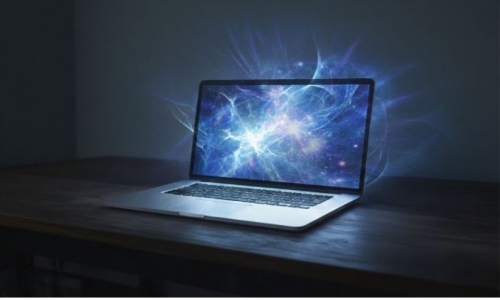


 6:57:51
6:57:51  2023-04-19
2023-04-19  993
993

The wind at the beach is whipping at 95 miles an hour. Waves 16 feet tall are crashing down. Even sharks are heading out to calmer waters. A hurricane is on its way.
These powerful storms have different names depending on where in the world they form. They’re called hurricanes if they occur in the Atlantic Ocean, Caribbean Sea, Gulf of Mexico, and eastern Pacific Ocean. In the western Pacific Ocean, they’re known as typhoons; in the southern Pacific and Indian Oceans, they’re called cyclones. Scientists know them all as tropical cyclones. As many as 150 occur around the world each year.
How a hurricane forms
Hurricanes are strong storms that start in the ocean and have winds of at least 74 miles an hour. In the Northern Hemisphere (the part of Earth north of the equator), hurricanes generally occur between mid-August to late October. In the Southern Hemisphere (the area south of the equator), storm season is between April and December, with peak storm activity around May and November. During these times, oceans have warmer water, which is what a hurricane needs to form.
Hurricanes begin when a tropical depression forms in the ocean. A tropical depression is a line of rain showers and weak thunderstorms that circle around an area of low air pressure. If the water is at least 79°F, a hurricane might form.
The low air pressure causes the hot, humid air from the ocean to rise in a spiral shape. As that warm air rises, it releases heat, cools down, and condenses into gusty bands of clouds and storms. The low-pressure area continues to suck up hot, moist air, and the spiral gets stronger and faster.
When winds reach 39 miles an hour, the tropical depression becomes a tropical storm. When winds reach 74 miles an hour, it’s officially a hurricane.
As a hurricane moves over cooler water or hits land, it loses the warm water that fuels it and begins to weaken. But dangerous winds can still cause damage, and storm surges—when a strong storm pushes ocean water ashore—can flood coastal areas with more than 20 feet of water. Heavy rains and floods can continue far inland.
Reality Of Islam |
|

Astronomers

Cosmologist

Scientists
 9:3:43
9:3:43
 2018-11-05
2018-11-05
10 benefits of Marriage in Islam
 7:5:22
7:5:22
 2019-04-08
2019-04-08
benefits of reciting surat yunus, hud &
 9:45:7
9:45:7
 2018-12-24
2018-12-24
advantages & disadvantages of divorce
 11:35:12
11:35:12
 2018-06-10
2018-06-10
 6:0:51
6:0:51
 2018-10-16
2018-10-16
 5:58:12
5:58:12
 2021-12-18
2021-12-18
 2:42:26
2:42:26
 2023-02-02
2023-02-02
 9:39:36
9:39:36
 2022-12-28
2022-12-28
 7:34:7
7:34:7
 2023-02-28
2023-02-28
 8:3:0
8:3:0
 2018-06-21
2018-06-21
 9:50:37
9:50:37
 2023-02-28
2023-02-28
 8:19:41
8:19:41
 2018-06-21
2018-06-21
 5:41:46
5:41:46
 2023-03-18
2023-03-18
| LATEST |